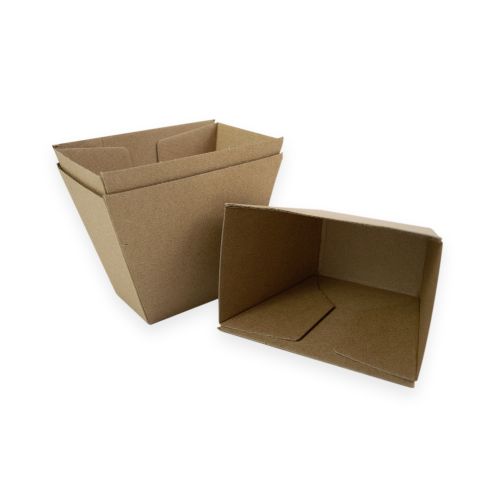When it comes to sustainable practices, smart innovation has often come from a surprising source: sporting venues. Multiple stadiums across America and Europe are models of green building and operational efficiency, while all 10 stadiums used for the 2023 FIFA Women’s soccer World Cup in Australia and New Zealand meet Green Building Council’s Green Star standards.
The reason is obvious: these are high-traffic, high-energy event centres. Any venue or site that hosts a large number of people needs to think of ways it can limit its carbon footprint. At scale, small moves can also make a big difference. Whether it’s a sporting venue, a festival or a market, some sensible swaps can reduce waste.
WASTE IN SPORTING VENUES
A 2021 study by US sustainability resource Upstream found that the average stadium hosting 300 events per year uses 5.4 million single-use cups. That’s more than 57 tonnes of waste that could end up in landfill.
While these numbers will vary depending on the size of the venue, number of attendees, and the amount of events held through the year, drinkware made of single-use plastic creates a clear problem when it comes to waste. By opting to serve cups that are made from recycled and recyclable material, businesses can reduce landfill waste significantly.
THE TRUTH ABOUT FESTIVALS
The inconvenient truth about festivals is that they’re huge generators of waste. A 2020 festival industry report estimated that camping festivals in the UK produced 25,800 tonnes of waste a year from nearly five million festival goers.
It’s a similar story here, where campers are thought to be responsible for about 80% of the waste generated from festivals, that include discarding items such as tents, camp chairs and sleeping bags, as well as food and drink containers. It’s been shown that by swapping general bins for clearly labelled recycling and waste bins, much of this generated waste can be either avoided or properly processed.
According to Method Waste, there is a 20% decrease in contamination with bins that have clearly designed front labels and a 45% decrease in contamination with the use of Method Waste’s vertical waste disposal signs.
MAKING MARKETS MORE SUSTAINABLE
Food markets might seem like green events, with attendees having the chance to sample produce direct from producers, but the fact is, where there are large gatherings of people eating and drinking, there’s waste. How that waste is managed is crucial. Whether it’s a pop-up event to showcase the local food scene or a food market site that’s been running for years, a market is another venue where a few sustainable changes can make all the difference.
To reduce the volumes, Sydney Markets, owners of Australia’s largest markets, have invested heavily in recycling schemes, with 70% of all waste now recycled on site. That means around 1800 tonnes of cardboard, 50 tonnes of polystyrene and more than 50 tonnes of plastics are recycled each year.
And while not all markets operate on this scale, with many being more community based, by swapping plastic food containers for recycled and recyclable alternatives like those made from recycled polyethylene or renewable paperboard, you’ll dramatically reduce the amount of waste heading towards landfill and help create a circular economy.












